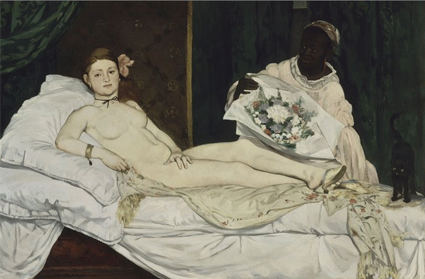'The Origins of Impressionism', on show at the Grand Palais in Paris, throws a spanner in the works. Andrew Graham-Dixon reports
Mockingly derived from the title of Monet's painting, Impression, Soleil Levant, the term ''Impressionism'' was originally intended as an insult. An art founded on ''impressions'' of the world? Impressionism? What an absurd notion. It will never catch on. The rest, as they say, is history.
But the history of the movement itself is no simple matter, if the organisers of ''The Origins of Impres-sionism'', at the Grand Palais in Paris, are to be believed. The exhibition is a challenge laid down to the falsi-fying terminology of art history. Its main thesis (something of a paradox in the light of its title) appears to be that Impressionism, in fact, never really existed - or that, if it did, it was misnamed.
The tracing of origins is a favourite occupation of art historians, but it is also one which proves, more often than not, fruitless. It is possible to argue that the first Impressionist was really an Englishman, John Constable. A case can be made for Turner, too, but why stop there? Why not make Rembrandt, or Velazquez, or Titian, the ur-Impressionist? 1859 is the (inevitably) arbitrary date which the organisers of the Grand Palais exhibition have settled on. It will have to do.
The show begins with a broad selection of works exhibited at the 1859 Paris Salon: a pot-pourri of the sort of art the founding fathers of Impressionism would revolt against. Bouguereau's Le Jour des Morts - a pair of theatrically grieving young ladies lay wreaths on a grave - is a lachrymose exercise in mid-19th-century sen-timental genre painting of just the kind that it was de rigeur, in Impressionist circles, to despise. Jean- Leon...


